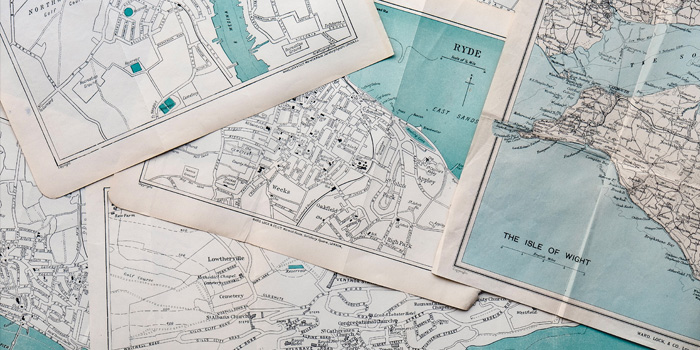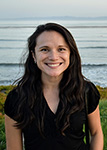GEOG 486
Cartography and Visualization
(Spring 2024)

Course Overview
Prerequisites: GEOG 484
This course covers design principles and techniques for creating maps with contemporary mapping tools.
PDF Syllabus | Microsoft Word Syllabus
Meet the Instructors:
Fritz Kessler
(Spring 1 2024)

Dr. Kessler is a teaching professor in the Department of Geography at Penn State. He teaches courses on cartography, GIS, and spatial data analysis in the online geospatial education program offered by the John A. Dutton e-Education Institute and resident geography courses offered by the Department of Geography. Prior to joining Penn State, Fritz was Professor and Chair of the Geography Department at Frostburg State University. He has also worked as a cartographer for the USGS, Intergraph Co., R. R. Donnelley and Sons (now Mapquest), and the T. R. Smith Map Library. He also works as a freelance cartographer.
Harrison Cole
(Spring 2 2024)

Dr. Harrison Cole is an adjunct teaching professor in the Department of Geography at Penn State. He teaches courses on cartography, and geospatial system analysis and design in the online geospatial education program offered by the John A. Dutton e-Education Institute. He conducted his dissertation research on designing tactile maps for blind and low-vision users.
Marcela Suárez
(Summer 2024)

Dr. Marcela Suárez is an assistant teaching professor of spatial data science in the Department of Geography at Penn State. She teaches courses on cartography, GIS, and spatial data analysis in the online geospatial education program offered by the John A. Dutton e-Education Institute. Prior to joining Penn State, Marcela was a research specialist at the Center for Spatial Studies at the University of California, Santa Barbara. In the past, she also worked as a consultant for the United Nations Development Program for Adaptation to Climate Change in the Colombian Massif, and as GIS specialist for different governmental organizations in Colombia.
#coursegoals
Successful completion of this course will signify mastery in map production for communication and research; students will be practiced in making, analyzing, critiquing, and sharing high-quality maps.





#coursegoals image credits, from top to bottom:
United States Geological Survey. 1961. Cumberland, MD. scale 1:24,000. U.S. Government Printing Office. Washington, D.C.
Geological Survey, U. S. & Gerlach, A. C. (1970) "Food and Kindred Products." In The national atlas of the United States of America. Washington. [Map] Retrieved from the Library of Congress, https://www.loc.gov/item/79654043/
United States Geological Survey National Map (https://viewer.nationalmap.gov/advanced-viewer/)
United States Census Bureau's online story map portal: Rural America, https://gis-portal.data.census.gov/arcgis/apps/MapSeries/index.html?appi...
Tarr, A.C., Villaseñor, Antonio, Furlong, K.P., Rhea, Susan, and Benz, H.M., 2010, Seismicity of the Earth 1900–2007: U.S. Geological Survey Scientific Investigations Map 3064, 1 sheet, scale 1:25,000,000
Assignments and Grading
A- | 87.5-89.9%
B+ | 85-87.4%
B | 80-84.9%
B- | 77.5-79.9%
C+ | 75-77.4%
C | 70-74.9%
D | 60-69.9%
F | < 60%
Late Assignments: There is a 10% per day late penalty applied to any assignments that are not submitted on time.
 Penn State GIS
Penn State GIS